STEAM Engines: Sound Waves
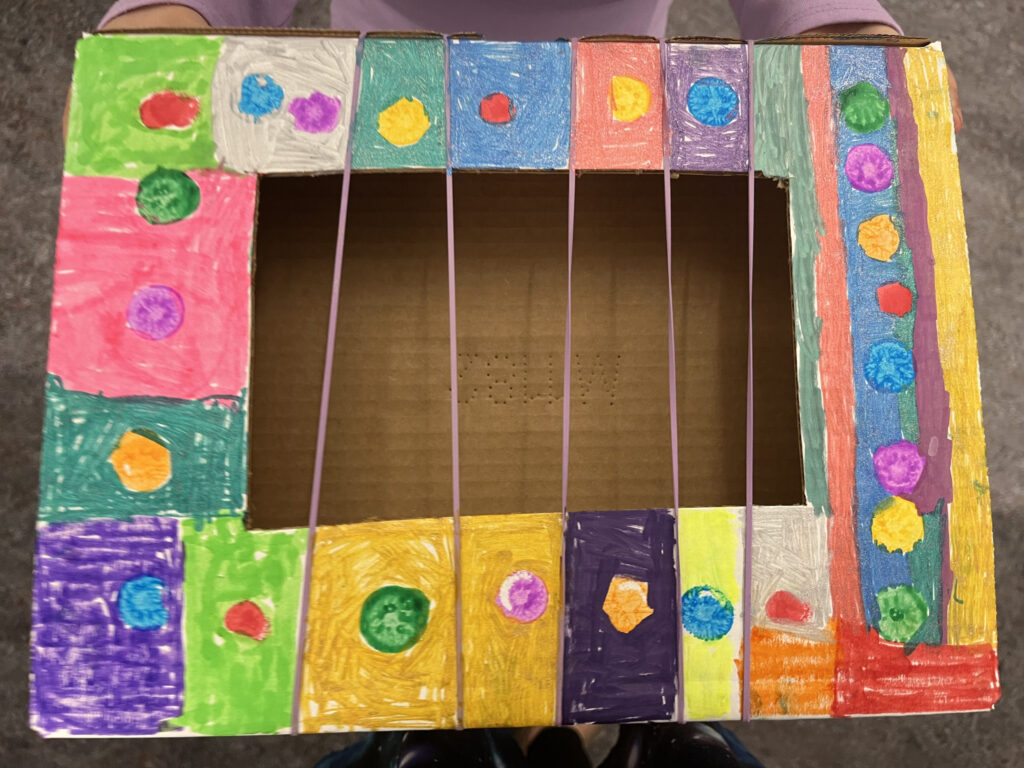
After a loooong three years, I am back to programming STEAM content in person, and it feels GREAT. This month, in addition to my regular STEAM Engines club for kids in lower elementary grades, I also hosted a STEAM Exploration program smack dab in the middle of the department on a day off school. Because I was doing double duty, I wanted to use a wide-appeal concept that kids could easily grasp that could serve double-duty for both programs. One of my favorite STEAM Engines videos that Desi and I worked on was about sound waves. It was a concept that fascinated both of my kids (and me too!), so I knew that it would be a big success. 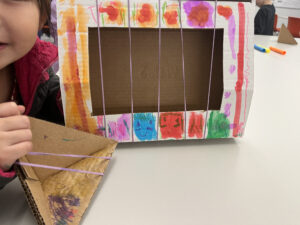
I like to start these programs by reading a picture book to remind us that science is all around us all the time, and that STEM and story are inextricably linked, so we began with Grant Snyder’s What Sound is Morning? We ha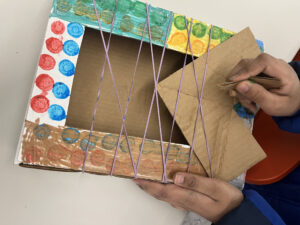 d an interesting conversation about sound (is it the same as noise?) and words that sound like the sound they describe. First concept learned: onomatopoeia. We had fun seeing how many onomatopoeic words we could think of before moving on to what makes up these sounds?
d an interesting conversation about sound (is it the same as noise?) and words that sound like the sound they describe. First concept learned: onomatopoeia. We had fun seeing how many onomatopoeic words we could think of before moving on to what makes up these sounds?
If you want to do a really deep dive, and I usually do, NASA has great information complete with videos on sound waves, vib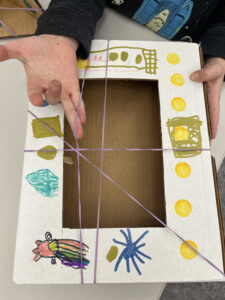 rations, and sonic books – including steps their scientists have taken to quieten them! For our purposes, however, I just wanted the kids to take home two key concepts: Sound is made up of vibrations that you can hear. These vibrations are called sound waves. Because I believe with my whole heart that nothing helps you learn a new concept better than a catchy tune, we listened to this absolute banger from Learning Games for Kids.
rations, and sonic books – including steps their scientists have taken to quieten them! For our purposes, however, I just wanted the kids to take home two key concepts: Sound is made up of vibrations that you can hear. These vibrations are called sound waves. Because I believe with my whole heart that nothing helps you learn a new concept better than a catchy tune, we listened to this absolute banger from Learning Games for Kids.
These vibrations AKA sound waves travel through the air to your ear where they meet your eardrum which registeres them as the myriad sounds you hear all around you all the time! 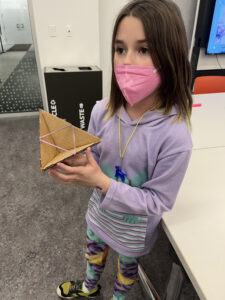
We put it all together, then reinforced our concepts with this video from SciShow Kids. Then it was time to take what we learned and make something: cardboard guitars! The kids had a great time decorating the cardboard body of their instruments, then experimenting with rubber bands to see what sounds they could get. They tried stringing their guitars horizontally and vertically, experimented with number of rubber band strings, and then tried wrapping rubber bands around different shapes (we found some triangular packaging that was interesting). The kids had a great time, and made some amazing instruments.
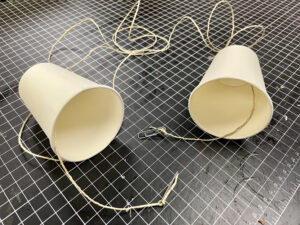 The next day was our STEAM Exploration program. I made small fliers that defined our concepts because I knew we wouldn’t have time for the in-depth multi-pronged conversational learning that our STEAM Engines club allows. Because it was a drop-in program for all ages, I wanted to keep the project flexible and accessible for a variety of abilities. For me, this usually looks like options. I brought out crayons, markers, and dot painters, allowing for different grips and skill levels, then provided our leftover boxes and rubber bands from STEAM Engines, as well as paper cups and different types of string to make telephones.
The next day was our STEAM Exploration program. I made small fliers that defined our concepts because I knew we wouldn’t have time for the in-depth multi-pronged conversational learning that our STEAM Engines club allows. Because it was a drop-in program for all ages, I wanted to keep the project flexible and accessible for a variety of abilities. For me, this usually looks like options. I brought out crayons, markers, and dot painters, allowing for different grips and skill levels, then provided our leftover boxes and rubber bands from STEAM Engines, as well as paper cups and different types of string to make telephones. 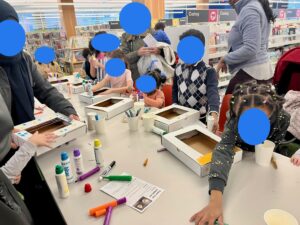
I love talking about string telephones because I think it’s easier (for me at least) to conceptualize sound waves traveling over the taut thread into the bottom of the other cup than it is to imagine them floating through the empty air. You can even feel the vibrations in your ear sometimes. We had over 50 participants make a≈n 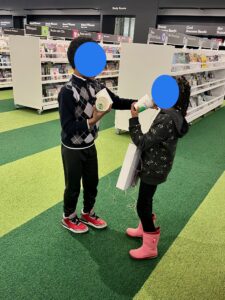 instrument or a telephone, and there were some really great interactions happening between friends and family members. Some intrepid kids tried different types of string to see what would work the best (stretchy string did not yield great results).
instrument or a telephone, and there were some really great interactions happening between friends and family members. Some intrepid kids tried different types of string to see what would work the best (stretchy string did not yield great results).
Both projects were simple, accessible, and lots of fun. Added bonus: the mess factor was minimal, and we were able to re-use a huge stockpile of cardboard boxes. Most of all, it just felt really, REALLY good to be interacting in person with young science enthusiasts. I missed it.


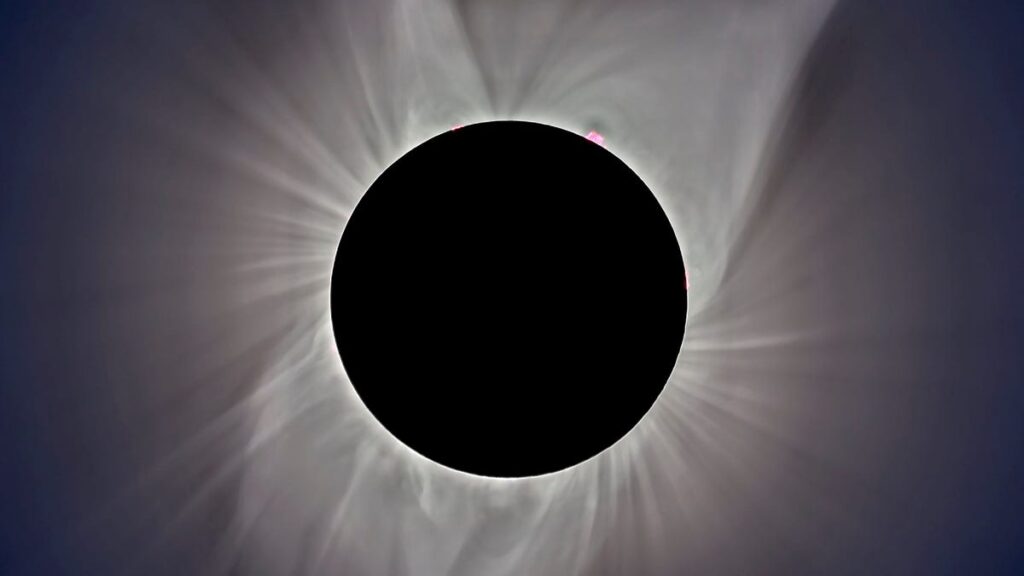
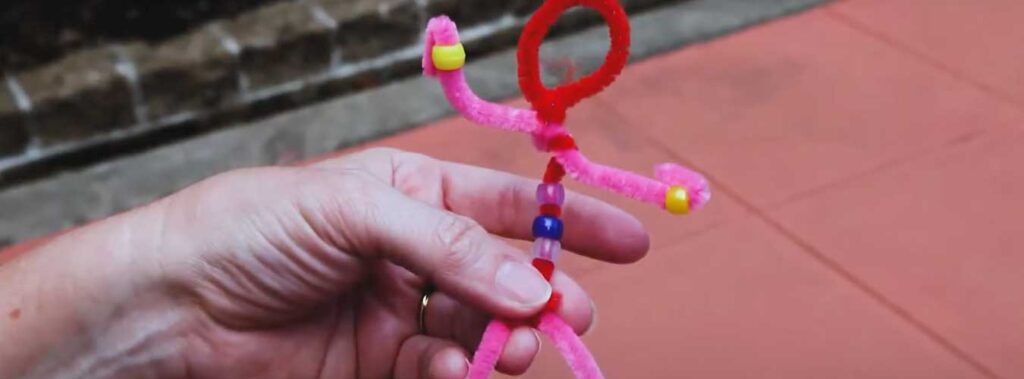

Responses